Upgrading the alternator in your Jeep Cherokee XJ can greatly improve its electrical performance, especially if you’re using additional accessories.
Upgrading the alternator in your Jeep Cherokee XJ improves electrical performance, supporting additional accessories like lights and winches. This upgrade includes alternator wiring and bracket modifications to handle higher output, ensuring reliable off-road performance.
This guide will help you understand the importance of alternator upgrades and how to do it yourself.
Introduction to Alternator Upgrades
1. What is an alternator, and why does it matter?
An alternator generates electricity to power your Jeep and charge the battery. It’s like your vehicle’s energy source. With a strong alternator, lights, gadgets, and other accessories might work better.
Why upgrade the Jeep Cherokee XJ alternator?
The stock alternator may need help with extra lights, a winch, or powerful stereos. Upgrading provides more power for these needs, ensures better performance, and avoids draining the battery during demanding activities or off-road adventures.
Common Signs You Need an Alternator Upgrade
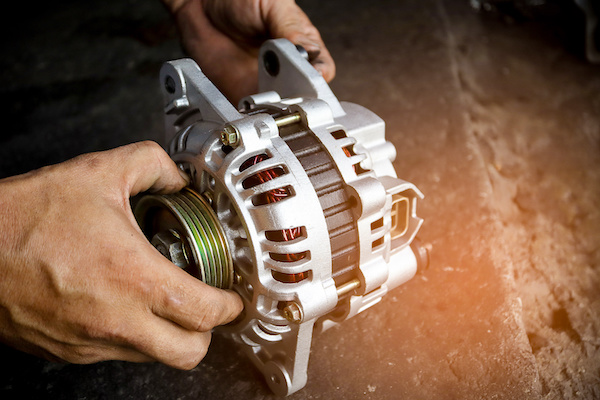
1. Dim or flickering lights
When your headlights or interior lights flicker or dim, it’s a sign your alternator isn’t keeping up with power demands.
2. Battery frequently dying
If your battery keeps dying even when it’s new, your alternator might not be charging it properly.
3. Accessories not performing efficiently
When things like the stereo, winch, or air conditioner act weak, your alternator needs more power for everything to work well.
Benefits of Upgrading Your Jeep Cherokee XJ Alternator
1. Improved electrical performance
Upgrading your alternator ensures a stable power supply, keeping electrical systems like lights and gadgets functioning properly, even under high-demand conditions like off-roading or using multiple accessories.
2. Enhanced battery life
A stronger alternator helps maintain a fully charged battery, reducing strain and extending its life, preventing issues like frequent battery replacements and ensuring reliable performance during daily driving or off-road adventures.
3. Better support for aftermarket accessories
With a higher-output alternator, your Jeep can support additional accessories such as winches, lights, or stereos. This upgrade ensures your electrical system runs efficiently without overloading or draining power.
Factors to Consider Before the Upgrade
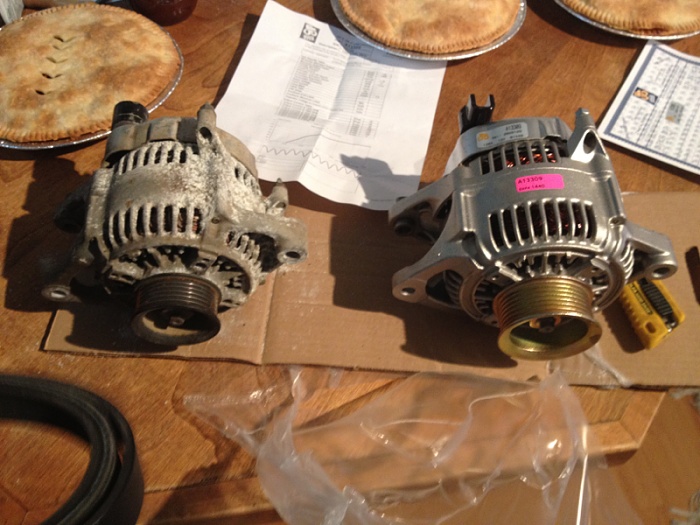
1. Power requirements
Determine how much power your Jeep Cherokee XJ needs based on accessories like lights, winches, and sound systems. A 136-amp alternator is enough for moderate upgrades, while a 160-amp or higher is better for heavy-duty electrical demands, ensuring reliable performance.
2. Compatibility with your Jeep Cherokee XJ
Before upgrading, ensure the alternator matches your Jeep’s model year and electrical needs. Some alternators may require additional adjustments, like different mounting brackets or connectors. Double-check the amp rating and physical size for a smooth installation.
3. Cost of the upgrade
The cost of an alternator upgrade for a Jeep Cherokee XJ varies depending on the amperage and brand. On average, expect to pay between $100 and $250 for a standard upgrade. High-output alternators can cost $300 or more, depending on features.
Tools and Materials Needed for the Upgrade
1. Essential tools checklist
- Socket wrench set
- Screwdrivers (flathead and Phillips)
- Belt tensioner tool
- Voltmeter or multimeter
- Safety gloves and goggles
2. Recommended alternators for the Jeep Cherokee XJ
- 136-amp alternator for moderate upgrades
- 160-amp alternator for heavy-duty needs
- 200-amp alternator for extreme electrical demands and multiple accessories
Step-by-Step Guide to Upgrading Your Jeep Cherokee XJ Alternator
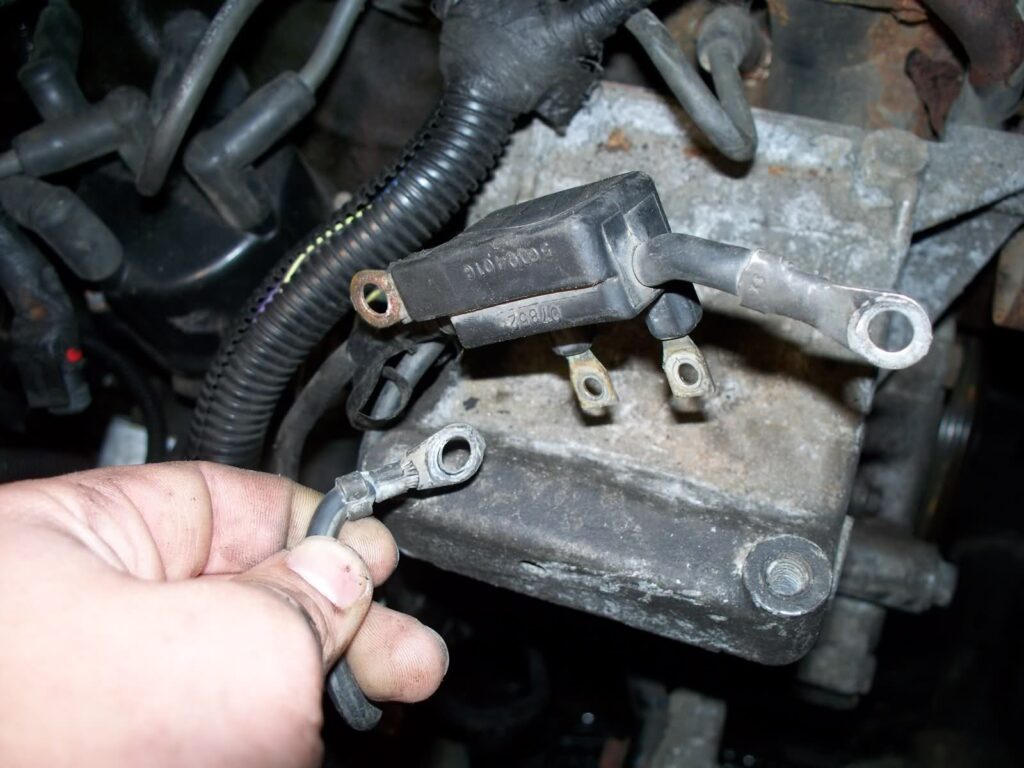
1. Preparing your vehicle
Start by parking on a flat surface and turning off the engine. Disconnect the battery to stay safe from electrical shocks. Gather all necessary tools like wrenches and screwdrivers. Wearing gloves and goggles helps prevent any accidental injuries.
2. Removing the old alternator
Loosen the belt using a belt tensioner tool, then carefully disconnect all wires connected to the alternator. Remove the mounting bolts and gently take out the alternator. Keep track of bolts and wires to make reinstallation easier later.
3. Installing the new alternator
Position the new alternator in place and secure it with the mounting bolts. Reconnect the wires to their appropriate terminals. Adjust the belt to the proper tension, ensuring it is neither too tight nor too loose for smooth operation.
4. Testing the system post-installation
Reconnect the battery and start the engine. Use a voltmeter to check if the alternator provides proper voltage (around 13.8–14.4 volts). Test the headlights, stereo, and other accessories to confirm everything works efficiently after the upgrade.
Potential Challenges During the Upgrade Process
1. Fitting issues
Sometimes, the new alternator might need to align better with the brackets or pulley system—Double-check compatibility before purchasing. If issues arise, you may need to adjust the brackets or use spacers to ensure a secure and proper fit.
2. Electrical wiring complications
New alternators might have different connectors or wiring layouts. Carefully review the wiring diagram for your Jeep Cherokee XJ. Use adapters or rewire if necessary, but always ensure secure connections to avoid short circuits or power loss later.
Maintenance Tips for Your New Alternator
1. Regular inspections
Check your alternator and electrical system during routine maintenance. Look for loose wires, worn belts, or unusual noises. Catching problems early can prevent bigger issues and keep your Jeep Cherokee XJ running smoothly and efficiently for longer.
2. Keeping the electrical system clean
Dirt and grime can affect your alternator’s performance. Regularly clean connections and remove debris from around the alternator. Use a dry cloth or a soft brush for cleaning, ensuring all components stay free of dust and corrosion.
Alternatives to Upgrading Your Alternator
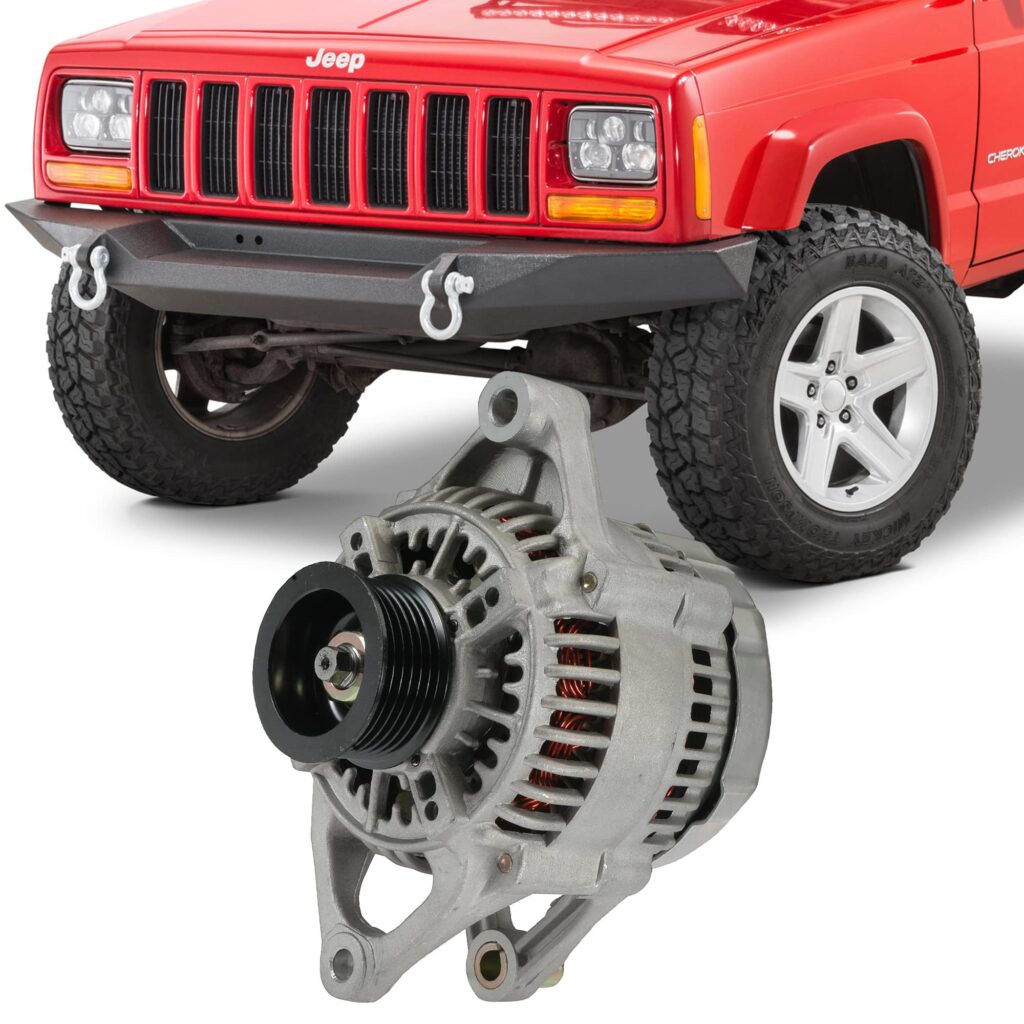
1. Adding a secondary battery
If you run multiple high-power accessories, a secondary battery can help. It provides extra power and reduces strain on your alternator and primary battery, ensuring everything works smoothly, especially during off-road adventures or heavy electrical use.
2. Using a capacitor for high-power systems
A capacitor stores energy and releases it when needed, helping to stabilize voltage in high-power systems. It’s great for supporting accessories like powerful stereos or lights, ensuring consistent performance without overloading your alternator or battery.
Jeep XJ 136 alternator upgrade
Upgrading to a 136-amp alternator boosts power for accessories like extra lights or winches. It’s a direct-fit upgrade for many XJ models, offering better charging performance and reliability, especially for moderate off-road or electrical demands.
96 XJ alternator upgrade
For a 1996 Jeep XJ, upgrading the alternator improves its ability to handle modern electrical needs. Choose a compatible high-output option like 136 or 160 amps to support add-ons like stereos, auxiliary lights, or heavy-duty winches.
Jeep XJ high output alternator
A high-output alternator, such as 160 or 200 amps, is ideal for Jeeps with extensive electrical upgrades. It provides consistent power for heavy-duty accessories, ensuring reliable performance during off-road trips or while using high-demand gadgets.
89 Jeep Cherokee alternator upgrade
Upgrading the alternator in an 89 Jeep Cherokee can address limited stock power. Opt for a higher-amp alternator, ensuring compatibility with the older setup, to improve electrical efficiency and support modern accessories like LED lights or powerful stereos.
Best alternator for Jeep Cherokee XJ
The best alternator depends on your needs. For stock setups, a 136-amp alternator is a reliable upgrade. Consider 160-amp or 200-amp high-output options for heavy electrical demands to handle winches, stereos, or extra lights efficiently.
2012 jeep cherokee XJ alternator upgrade
Although Jeep stopped producing the Cherokee XJ in 2001, if upgrading to a 2012 Jeep model, look for alternators offering high output (160–200 amps). Ensure compatibility and choose brands known for durability and consistent performance under heavy loads.
Jeep XJ alternator
The Jeep XJ’s alternator powers its electrical system and charges the battery. Upgrading to a high-output alternator improves performance, ensuring you can effectively handle modern accessories like off-road lights, winches, and other high-demand gadgets.
99 XJ alternator upgrade
For a 1999 Jeep XJ, upgrading to a 136-amp or 160-amp alternator is a popular choice. It’s ideal for powering aftermarket accessories, improving charging efficiency, and preventing power shortages during off-road adventures or daily driving.
FAQs
1. Can I upgrade my stock alternator?
Yes, upgrading your stock alternator provides more power, supports additional accessories, and improves overall electrical performance, especially during off-road or heavy-duty use.
2. Can I replace my alternator with a higher amp alternator?
Replacing it with a higher-amp alternator ensures more power for accessories like lights, winches, and stereos, improving electrical performance and reliability.
3. How many amps does a Jeep alternator put out?
A stock Jeep alternator typically puts out 90-120 amps. Higher-amp alternators, like 136-200 amps, are available for increased electrical needs.
4. How do I know if my Jeep Cherokee alternator is bad?
Signs include dimming lights, dead batteries, electrical accessories malfunctioning, or strange noises. A warning light on the dashboard may also indicate issues.
5. Does an upgraded alternator really make a difference?
Yes, an upgraded alternator improves power consistency, supports more accessories, prevents battery drain, and enhances overall electrical system performance.
6. Can I run 2 batteries to the stock alternator?
Yes, you can run two batteries with the stock alternator, but it may strain the system. Consider upgrading to a higher-amp alternator to handle the additional load efficiently.
7. How to test a Jeep XJ alternator?
To test the alternator, use a voltmeter to check the battery’s voltage. With the engine running, it should read between 13.8 and 14.4 volts. If not, the alternator may need replacement.
8. What voltage should a Jeep Cherokee battery be at?
A fully charged battery should read around 12.6 volts when the engine is off. When running, it should show between 13.8 and 14.4 volts, indicating the alternator is charging the battery properly.
9. Will a Jeep run with a bad alternator?
A Jeep can run briefly with a bad alternator, but the battery will eventually drain without proper charging. This can lead to loss of electrical power, and the Jeep will stop running once the battery is dead.
10. Can you test an alternator without removing it?
Yes, you can test an alternator without removing it by using a multimeter to check the voltage output. The alternator may need attention or replacement if the voltage is too low or inconsistent.
Conclusion
Upgrading the alternator in your Jeep Cherokee XJ improves electrical performance, especially with added accessories like lights or winches. A higher-output alternator ensures your system runs efficiently and supports demanding off-road activities. It’s a great investment for reliable performance.

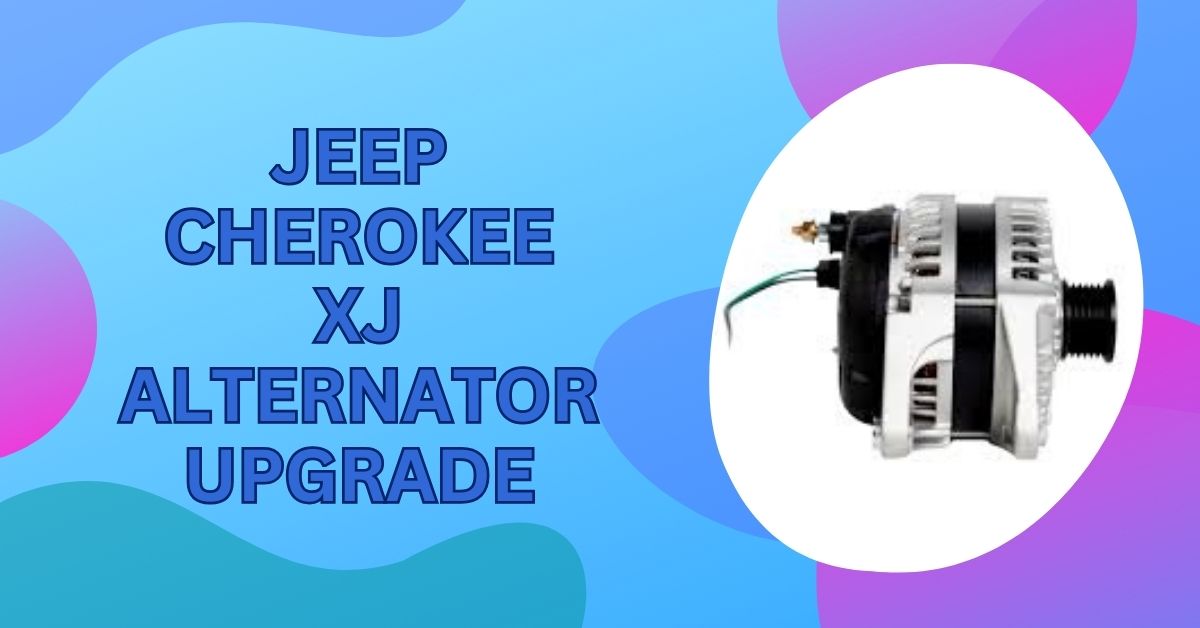




0 Comments